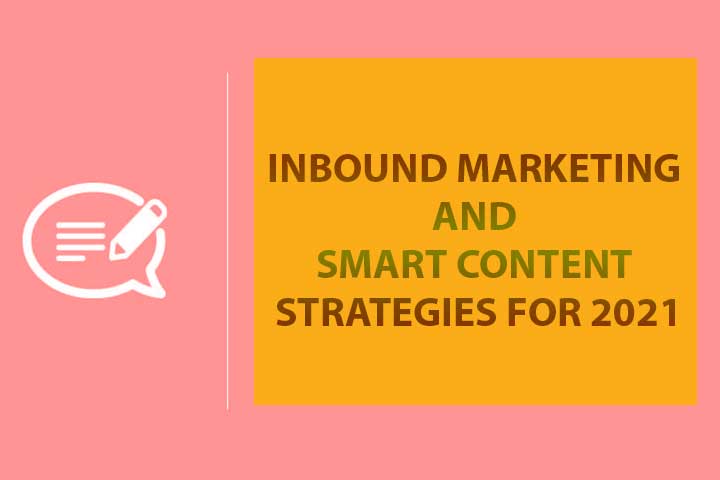The customer is one of the main elements that companies must take into account when planning and developing their business strategies. In recent years, due to the digital transformation, a high percentage of organizations have had to adapt the way they communicate with users, focusing on their behavior to offer them unique and personalized attention.
Nowadays, many companies are using the best email marketing software to reach a broader range of clients and communicate their values as accurately as possible. Besides, with such tools at your disposal, you can share news about upcoming sales, discounts on services & goods, etc., in a more efficient manner.
What is Inbound Marketing?
Inbound Marketing is a strategy that brings together all Digital Marketing around the content, intending to address the user to bring you to value in a non – intrusive manner. In addition, it accompanies them throughout the purchase process, providing valuable content in each phase of the customer journey until conversion, final sale, and loyalty.
All this to delight users individually and know at what point in the purchase process they are to personalize what is offered to them at all times. To successfully apply the inbound marketing plan methodology, it is necessary to use various tools in each of the stages:
- Tools to attract: ads, videos, blog posts, social networks.
- Tools to interact: sales opportunity flows, email marketing, chatbots, marketing automation.
- Tools to delight: smart content, conversation inbox, attribution reports.
Artificial Intelligence (AI) plays a key role in this process: it helps shape the target customer and determine, based on the historical analysis of their behavior, the channel or channels best suited to serve that personalized content. It is responsible for prescribing the best way to contact users and is also used to automate actions, helping to generate a higher return on marketing plan investment.
In short, by applying AI to the continuous improvement of the client, it ends up being integrated into the content generation process, which makes it possible to ensure that it is the one demanded by the prospect or client.
Why is Inbound Marketing a trend in 2024?
- It is a proven methodology that has been improved over the years with great success among companies that use it.
- Provides strategy to digital actions, In addition, it is sustainable and lasts over time.
- It positions us as experts and content references. In turn, it builds trust.
- The communication is personalized based on customer behavior.
- It is a methodology that accompanies the entire life cycle of the client.
- It can include online and offline actions.
What is Smart Content?
For its part, Smart Content can be classified as the treasure of inbound marketing. It should be noted that from the attraction phase, valuable content is the axis on which inbound marketing pivots. It consists of writing content based on Smart methodologies that allow users to dynamically guide the content to improve their experience and increase their conversion.
In this way, organizations are helped to monitor in real-time what Internet users say about the brand, products, and competitors so that they understand what works with customers and discover new opportunities to design better strategies, manage social crises, analyze what competitors do and what profile of visitors is on the sites, etc. Based on this knowledge and visitor profile, the content is personalized and dynamic, ensuring that the optimal content is displayed at all times to the appropriate profiles.
For the development of a Smart Content strategy, the following 4 keys must be taken into account:
- Work on a segmentation of the buyer person based on the knowledge available in the company.
- Collect the opinion of the clients published in social networks or opinion websites of the accounts of the profiles defined utilizing a monitoring tool.
- Dynamically change content based on interests or previous interactions made by users.
- Measure the results in real-time to adapt the content based on those results.

